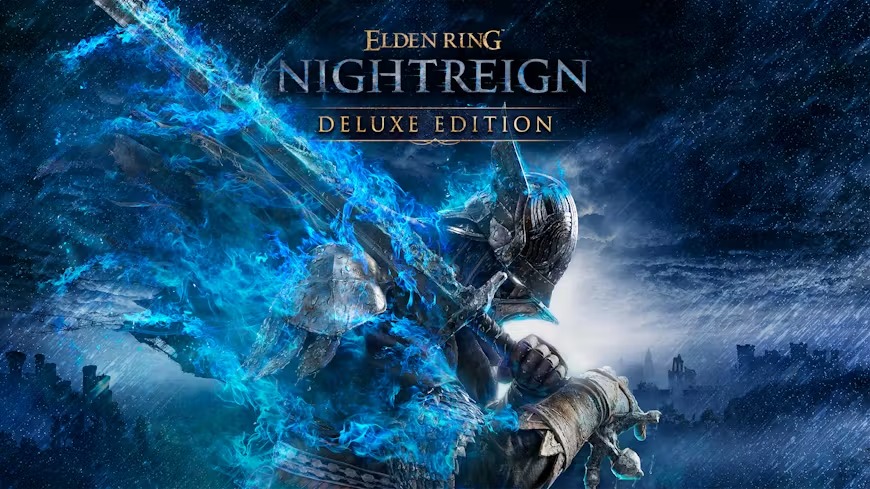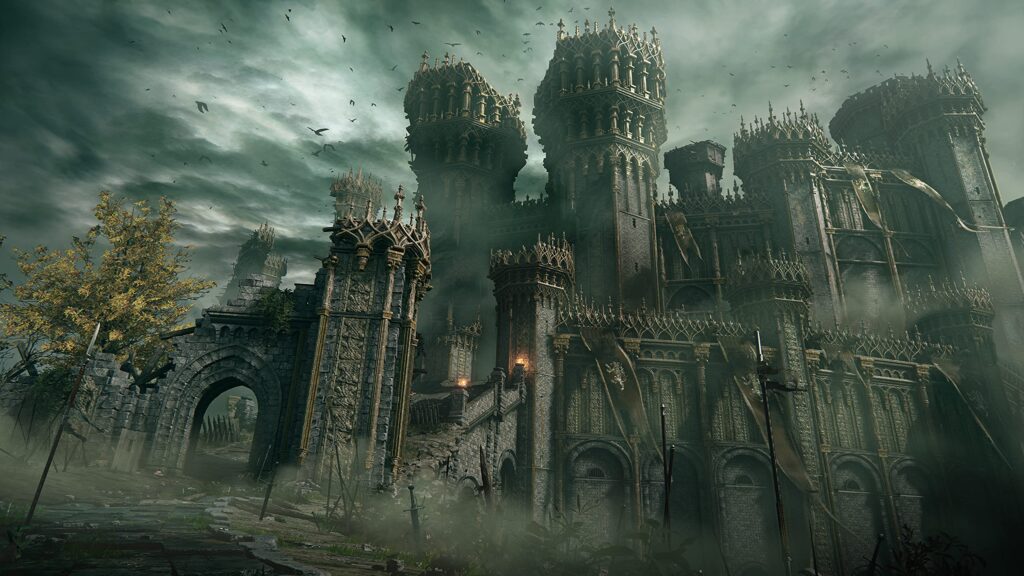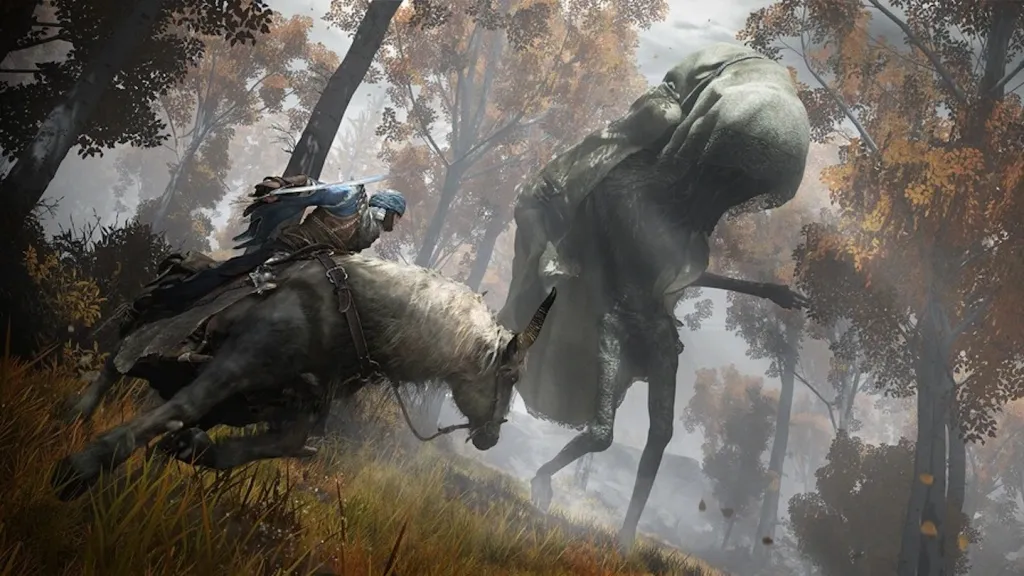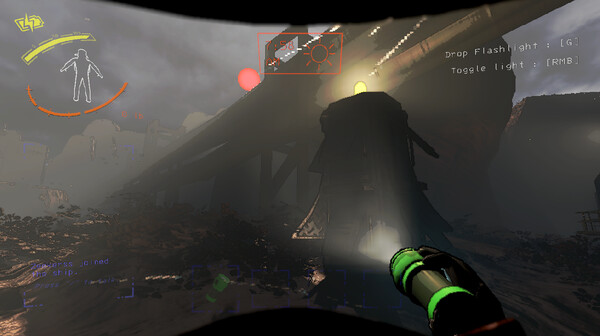FromSoftware’s
Elden Ring has captured the hearts of gamers worldwide, not just for its challenging gameplay and expansive world, but for its intricate narrative woven through environmental storytelling and lore. Unlike traditional narratives,
Elden Ring offers a fragmented and layered approach to storytelling that invites players to piece together its rich lore. This article delves deeply into the complexities of
Elden Ring’s narrative structure, exploring themes of power, ambition, and the cyclical nature of history.
The Foundations of Elden Ring’s Narrative
The Influence of George R.R. Martin
Elden Ring benefits from the narrative finesse of George R.R. Martin, known for his work on
A Song of Ice and Fire. His influence is evident in the game’s world-building and character motivations. Martin’s penchant for morally grey characters and complex political landscapes permeates the lore of
Elden Ring, where power struggles and betrayals are common.
The Interweaving of Fates
Each character in
Elden Ring is intricately tied to the larger narrative, often representing various aspects of ambition and despair. The demigods, who are the offspring of Queen Marika, embody the struggle for power and the consequences of their ambitions. Through their stories, players witness the cyclical nature of rise and fall, a recurring theme in Martin’s works.
Environmental Storytelling
The world of
Elden Ring is rich with environmental storytelling, where the landscape itself tells a story. Ruins, battlefields, and remnants of past civilizations are scattered throughout the game, inviting players to explore and interpret their histories.
The Role of Landmarks
Landmarks play a crucial role in establishing the game’s lore. Locations like Stormveil Castle and the Weeping Peninsula are not merely backdrops for combat; they are repositories of history that reveal the game’s themes. For instance, the dilapidated state of Stormveil Castle reflects the decline of the Golden Order and the struggles of its former inhabitants.
Thematic Exploration of Ambition

The Nature of Power
At the core of
Elden Ring lies a profound exploration of power. The quest for the Elden Ring itself symbolizes the ultimate ambition, where characters strive to attain god-like status. This pursuit is fraught with peril, showcasing the destructive nature of unchecked ambition.
The Tragedy of the Demigods
The demigods, including figures like Godrick the Grafted and Rennala, each represent different facets of ambition. Their stories are tragic; they are not merely villains but victims of their desires. Godrick’s need for power leads him to grotesque measures, while Rennala’s sorrow over her lost family encapsulates the personal costs of ambition.
The Cycle of Despair
The narrative of
Elden Ring emphasizes the cyclical nature of despair. Characters are often trapped in a cycle of ambition and failure, reflecting the game’s overarching theme of history repeating itself.
The Echoes of the Past
Throughout the game, players encounter remnants of past tragedies, such as the remains of battles fought long ago. These echoes serve as reminders that the pursuit of power often leads to destruction, creating a sense of inevitability that permeates the game’s atmosphere.
The Role of Choice and Consequence
Player Agency
Unlike traditional narratives,
Elden Ring empowers players with agency, allowing them to make choices that impact their journey. This freedom enhances the immersion but also complicates the narrative.
Consequences of Actions
Players’ choices can lead to varying outcomes, affecting alliances and rivalries with NPCs. For instance, sparing a character or defeating them can alter the unfolding of the story, emphasizing the importance of player decisions in shaping the narrative landscape.
The Ambiguity of Morality
The game presents moral ambiguity, challenging players to consider the implications of their actions. The lines between good and evil blur, as characters are often driven by personal motives that are not inherently villainous or heroic.
The Complexity of NPCs
Characters like Blaidd and Seluvis exemplify this complexity. Blaidd, a loyal ally, operates under a cloud of secrecy, while Seluvis, who offers assistance, harbors ulterior motives. This intricate web of relationships adds depth to the narrative, encouraging players to question their assumptions.
The Fragmented Storytelling
Lore and Item Descriptions
A hallmark of
Elden Ring is its fragmented storytelling, where lore is often conveyed through item descriptions and environmental cues rather than direct exposition. This approach requires players to actively engage with the narrative.
The Role of Item Descriptions
Item descriptions provide insight into the history and significance of various artifacts, revealing the rich lore behind the Elden Ring and its world. For example, the description of the "Elden Stars" offers clues about the cosmic forces at play, while the lore surrounding the Great Runes explores the consequences of their power.
The Challenge of Interpretation
This fragmented storytelling invites diverse interpretations, as players piece together the narrative puzzle. The ambiguity of lore encourages discussions within the community, fostering a collaborative exploration of the game’s themes.
Community Engagement
Online forums and social media platforms have become hubs for players to share their theories and interpretations. This communal aspect enriches the experience, as players collaboratively delve into the depths of
Elden Ring’s narrative.
The Cyclical Nature of History
The Rise and Fall of Kingdoms
A central theme in
Elden Ring is the cyclical nature of history, where kingdoms rise and fall in an endless loop. This theme is encapsulated in the fate of the Lands Between, a realm beset by conflict and ambition.
Historical Parallels
The decline of the Golden Order serves as a microcosm for the game’s larger narrative. Players witness the remnants of a once-mighty kingdom, now fractured and in disarray. This historical parallel emphasizes the inevitability of decline, mirroring real-world cycles of power.
The Rebirth of the Elden Ring
The quest to restore the Elden Ring symbolizes the desire for rebirth and renewal. However, the game suggests that such renewal may come at a cost, as the cycle of ambition and despair is likely to repeat.
The Implications for Players
This cyclical nature invites players to reflect on their own journeys. The pursuit of power in
Elden Ring mirrors the human experience, where ambition often leads to unintended consequences. Players are left to ponder whether the cycle can truly be broken or if it is destined to repeat.
The Impact of Player Choices on Narrative
Diverse Endings
The multiple endings in
Elden Ring highlight the impact of player choices on the narrative. Each decision can lead to a different resolution, reinforcing the theme of agency and consequence.
The Varied Outcomes
For instance, players can choose to align with different factions, leading to unique narrative outcomes. The "Elden Lord" ending contrasts sharply with the "Age of Stars," showcasing the diverse paths players can take.
The Reflection of Themes
These endings reflect the overarching themes of ambition and power, as players must confront the consequences of their choices. The resolution of the story often serves as a culmination of the player’s journey, reinforcing the idea that every action has ramifications.
The Personal Connection
This emphasis on player agency fosters a personal connection to the narrative, as players see their choices reflected in the world around them. The outcome of their journey becomes a testament to their decisions, enhancing the overall experience.
The Role of NPCs in Shaping the Narrative
Complex Relationships
NPCs play a pivotal role in shaping
Elden Ring’s narrative, providing players with quests, lore, and emotional resonance. Their stories often intertwine with the player’s journey, creating a rich tapestry of relationships.
The Significance of Side Quests
Side quests reveal the personal struggles and motivations of NPCs, adding depth to the narrative. For example, quests involving characters like Ranni and her quest for independence highlight the theme of ambition and the desire for agency.
The Emotional Impact
The emotional weight of NPC stories enhances the player’s investment in the narrative. Players form connections with characters, making their fates feel significant within the larger context of the game.
The Tragic Fates of Allies
The potential for tragic outcomes in NPC arcs underscores the game’s themes of ambition and sacrifice. Players must navigate these relationships carefully, as their choices can lead to dire consequences for their allies.
Conclusion
In conclusion,
Elden Ring presents a complex and layered narrative that invites players to explore themes of ambition, power, and the cyclical nature of history. Through its fragmented storytelling, rich lore, and the intricate relationships between characters, the game challenges players to engage deeply with its world. The impact of player choices further enriches the experience, allowing for diverse interpretations and outcomes. As players traverse the Lands Between, they are not merely fighting for survival; they are participating in a narrative that reflects the complexities of ambition and the human experience.
Summary:
Elden Ring offers a complex narrative exploring ambition, power, and history through fragmented storytelling and player choices, inviting deep engagement.




















